- Saturday, April 19, 2025
While there have been accusations that India’s democratic standards have slipped under the PM, the country’s economic performance under him has neutralised those allegations in many ways.
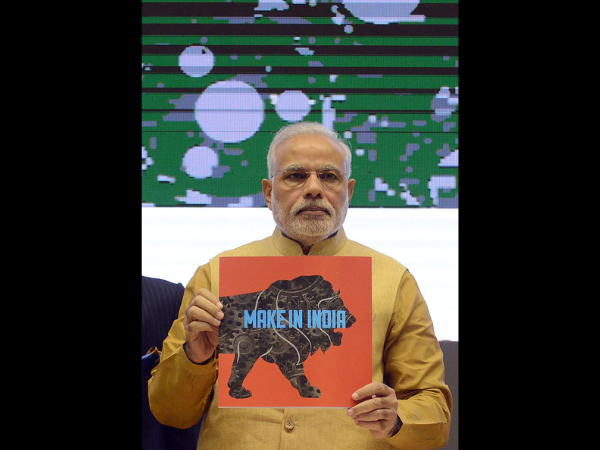
By: Shubham Ghosh
INDIAN prime minister Narendra Modi is about to seek a fresh mandate from the people of the Indian republic and a successful bid will mean that he becomes the first prime minister since Jawaharlal Nehru, the country’s first premier, to achieve a hat-trick.
Surveys ahead of the big national elections starting April 19 hint at Modi and his Hindu nationalist Bharatiya Janata Party (BJP) romping home in a repeat of the results of 2014 and 2019. In those two elections, the BJP had buried India’s decades-long practice of having coalition governments by emerging as the party to form a government on its own.
Both Modi and his supporters have displayed solid confidence ahead of the 2024 election and one of the main factors behind this is the economic performance of India in the last decade when Modi ruled the country.
When the BJP-led National Democratic Alliance (NDA) came to power in New Delhi in 2014, replacing a government that was hit hard by corruption, Modi had promised of “acche din” (good times) and since then, his government has succeeded in pursuing that dream and keeping millions glued to it, irrespective of the actual results on the ground.
Read: India, world’s largest democracy, to vote in extreme heat conditions
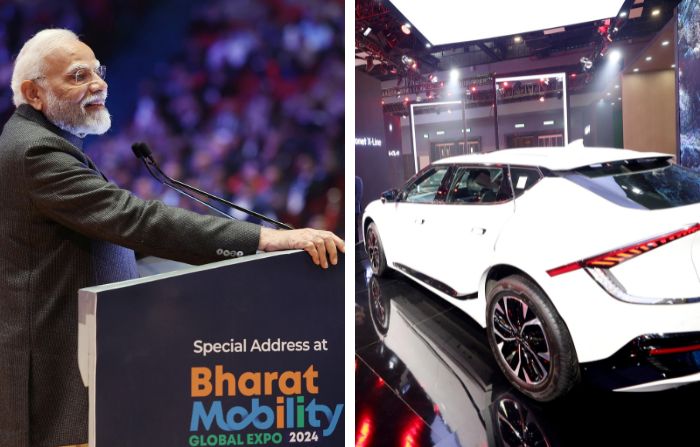
It is undeniable that the Indian economy has done well in Modi’s times. The value of the country’s stock market has become bigger by three times since May 2014 when he first took oath as the PM. The South Asian nation is almost twice the size it was a decade ago.
Read: Despite populism, Modi a hit among Indian elites: report
The stocks have grown because the number of Indians with considerable wealth and hunger for investment has soared remarkably — to nearly five per cent of the population from two per cent, the New York Times reported. Modi has succeeded in bringing a mobility, at least in the imagination of millions, that Indian has done well economically and can do better.
He has been making a claim that in his third term, India will become the world’s third largest economy from the current fifth and on one occasion, even criticised the opposition Indian National Congress party for harbouring less optimism about the country’s economic rise when it was in power.
For those who have a more objective viewpoint, the tom-tomming about India’s economic rise doesn’t speak about the entire picture. The economic gains on the ground have not been equal and the bulk of the country’s development depends on those who sit at the top of the income ranking, including several businesses that are tightly controlled.
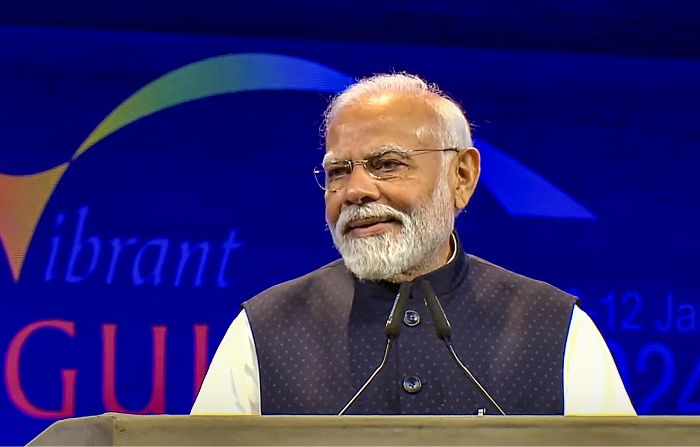
A massive section of India’s population still survives on less than $3,500 annually. In the rural parts of the country, it is still the government’s welfare programmes that support people and the Modi era has seen them multiplying. From free foodgrains to toilets to cheaper gas cylinders to housing schemes to commercial developments to penetration of mobile phones, India’s once idle village life has seen a visible transformation. These are often reflected in media reports as a new flourishing consumer class in the country and none other than Modi has been responsible for this change.
The feel-good factor is not restricted to the domestic arena either. Foreigners are also feeling optimistic about the ‘Modi’-fied Indian economy and banks such as Morgan Stanley and JPMorgan Chase are wasting no time to upgrade India’s weighting in various indexes.
One of the most noted market strategists in Asia, Chris Wood, told the Times that if Modi fails to win the election this year, India’s markets could see a big crash.
The optimism around Modinomics is so high that the fact that India’s rates of growth during the times of the incumbent prime minister has been similar to those of the decade under his predecessor Manmohan Singh is often overlooked. Modi often accuses the government of Singh, a noted economist-politician, of wrecking the national economy and it is also received widely.
Modi’s presence has been so overwhelming in every aspect of his government and its economic programmes that everything related to the economy — big or small — is identified with the former’s showmanship politics at the end of the day. His brilliant capacity to coin terms suitable to particular occasion and purpose and the tech-savvy machinery of the BJP ensure that India’s real economic progress materialised since 2014.
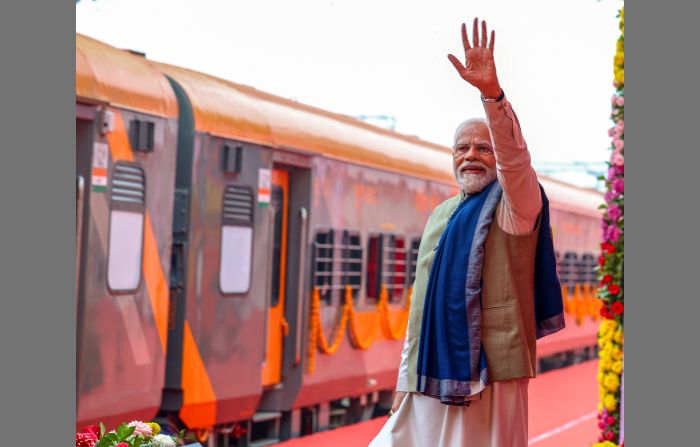
To an optimistic environment built around the economy which has seen the western nations cheerleading in order to show that they are not dependent on China any more, Modi and his strategists have added the notions of nationalism, inclusive growth (Sabka Saath Sabka Vikas — Everybody together for everybody’s progress) and a constant bashing of the opposition as a force that never wanted the country’s welfare, creating a deadly recipe to convince even the pessimists that his government has done really well.
To borrow from a piece published by the New York Times, “In the bullish climate surrounding the Indian economy, even the pessimists are optimistic. While official statistics anticipate growth of 7.3 percent in the current fiscal year, most finance professionals in Mumbai peg the figure at 6 to 6.5 percent. The lowest estimate touches 4.5 percent, which would still beat the United States and possibly China.”
To add to this situation is a kind of political muscle-flexing. Not many — be it independent individuals or organisations — are in favour of speaking frankly against the Modi government.
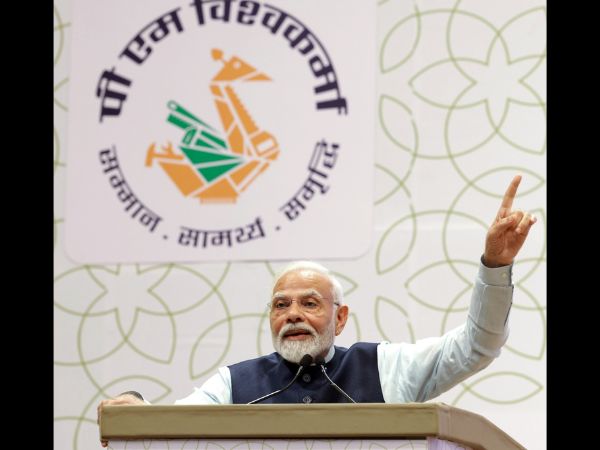
While there are accusations that India under Modi is sliding into dictatorship, the fact that its economy is promising a lot is perhaps blurring the vision of a majority. There have been no dearth of examples in history where political morality has been sacrificed at the altar of economic mobility and Modi’s India is perhaps the latest in the list.
With the brand of secular politics being over-exploited in India by Modi’s predecessors, he has wisely capitalised on the opposition towards the country’s biggest minority — the Muslims. He has also linked majoritarian politics with economic affairs. For example, in the case of the much awaited Ram temple in Ayodhya, Modi made sure that the once sleepy town benefited from the flurry of economic activities that would be generated with the inauguration of the temple. When there are not enough jobs, such a model of economic growth would always be welcomed by many.
He has been equally careful about building infrastructure. The relentless inauguration of bridges, highways, trains and other projects related to the infrastructure give Modi an economy-friendly image that no Indian prime minister has been able to cultivate before.
Add to that the digital leap that India has taken under Modi. While the push began in the government of Singh, it is Modi who has reaped the benefits. India’s Unified Payments Interface is something that the world is appreciating and it is only magnifying the impact of Modinomics.
There have been occasions when Modi’s economy came under the scanner. Like, for instance, the sudden call for demonetization in November 2016. It crippled economic activities for many despite the government claiming otherwise. The Indian government’s capacity to act decisively has also created inequalities on many occasions.
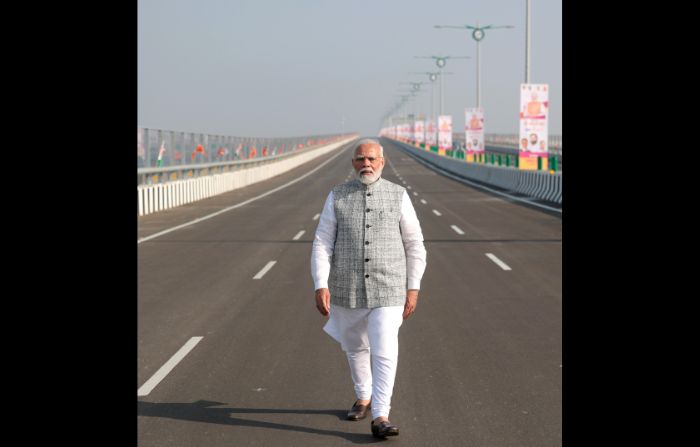
According to the New York Times, “Of the $1.4 trillion in wealth created by the most prestigious stock index from 2012 to 2022, 80 percent went to 20 companies, Marcellus Investment Managers in Mumbai estimated in 2022. Those companies are the ones that can talk directly to the government.”
Few individuals epitomize the concentration of corporate wealth and its associated risks as vividly as Gautam Adani, a businessman from Modi’s home state of Gujarat and allegedly close to him. Adani’s name gained global recognition in 2022 when he unexpectedly emerged as the world’s second-richest person, trailing only Elon Musk.
The flagship stock of Adani’s conglomerate nearly doubled in value during the year following Modi’s initial election and surged eightfold after the latter’s re-election in 2019. Consequently, the Adani Group effectively became a logistical extension of the government, spearheading the unprecedented development of ports, highways, bridges, and solar farms.
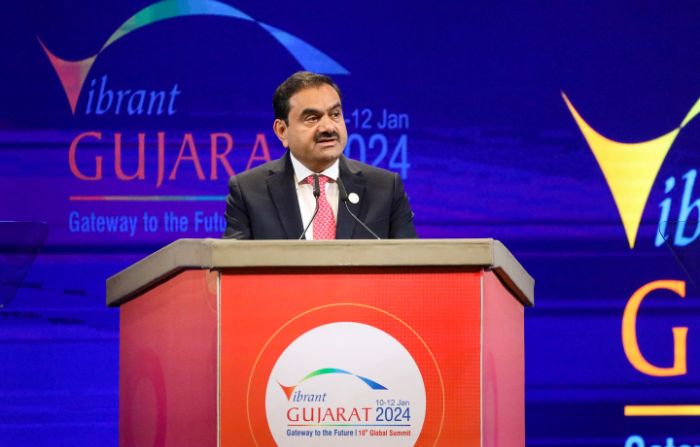
However, last year, Adani’s empire faced allegations of fraud from a New York-based short-seller, resulting in a paper loss of $150 billion for Adani. Despite denying these claims, Adani managed to recover most of the lost funds. But the episode hinted at something risky in Modi’s economy — a select few at the pinnacle of wealth can amass immense influence.
However, one of the most distressing facets of the economy under Modi is the job market. Officially, approximately seven percent of Indians are without jobs, but a significantly larger number are underemployed. In recent months, Indians, in their desperation to secure better incomes abroad, have tragically lost their lives in various endeavours: attempting to cross the borders of the US from countries such as Canada, serving as underequipped mercenaries in Ukraine for Russia, and filling vacancies left by Palestinians who were compelled to halt their work in Israel since the outbreak of the Gaza conflict last year.
Yet, India’s rise in the global economy appears inevitable. It has already surpassed the UK to become the world’s fifth-largest economy, and projections suggest it will outstrip Japan and Germany to claim the third spot in the coming years.
With this momentum, more multinational corporations are anticipated to invest in the South Asian economy, paving the way for increased opportunities for its citizens. While a small section of the population currently enjoys living standards akin to those in countries such as the US, their numbers are steadily expanding and can now be found even in smaller cities.
Modi’s economic practices have not followed any set pattern and he would consider himself lucky that some of its natural advantages went in his favour to win political battles. But the leader has consistently and successfully used economy as a major propeller to advance his stay in power in New Delhi despite the odds.